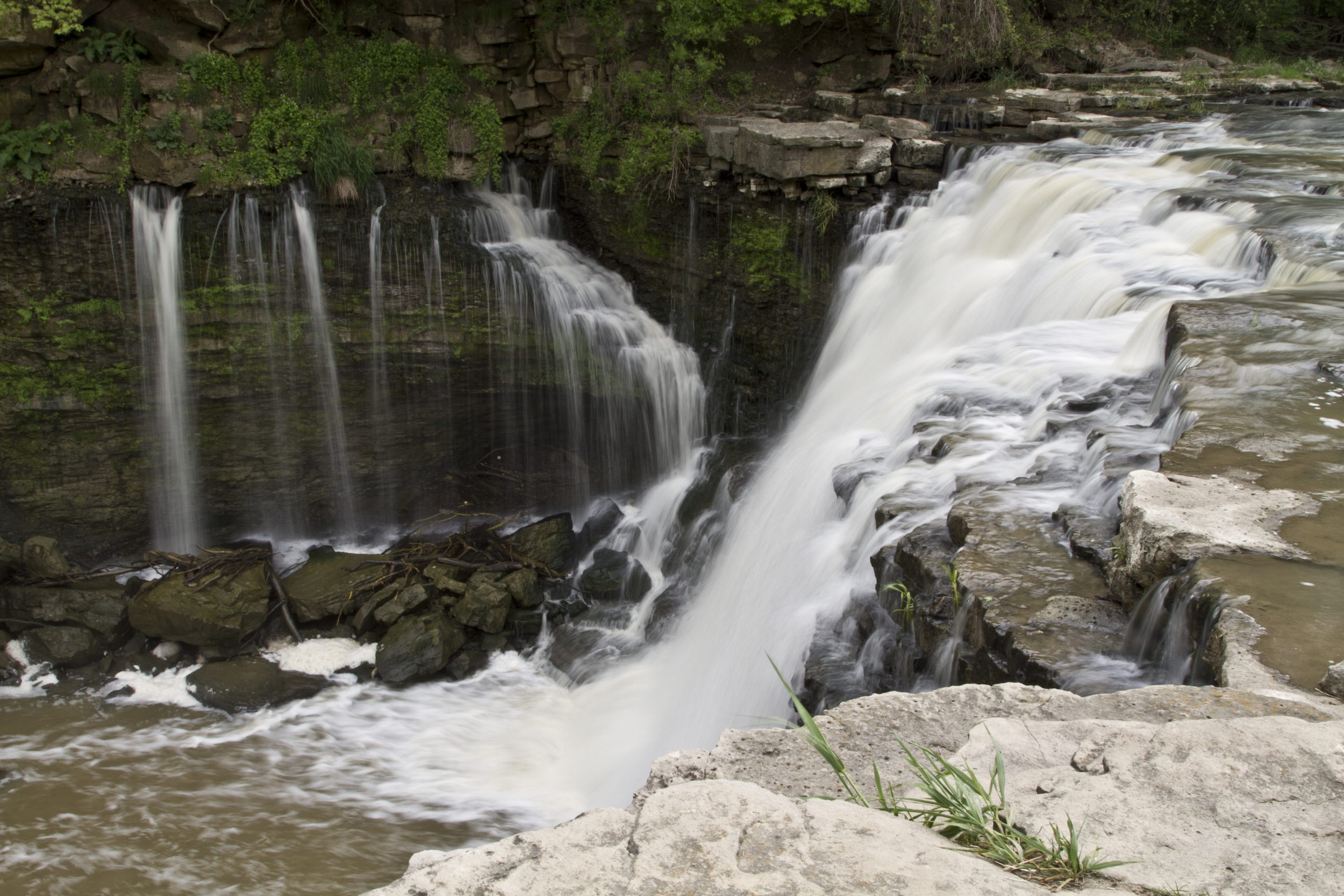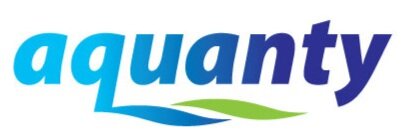

HGS RESEARCH HIGHLIGHT – Saltwater Intrusion Into a Confined Island Aquifer Driven by Erosion, Changing Recharge, Sea-Level Rise, and Coastal Flooding
This research sheds light on the complex interactions between storm surges, reduced recharge, high erosion rates, and sea-level rise on the hydrological balance of Prince Edward Island. By leveraging the advanced capabilities of HGS, the researchers were able to test impact that climate change and future trends in coastal hydrology will have on the islands groundwater quality and the movement on the saltwater wedge underlying PEI.

HydroGeoSphere Research Paper wins Water Resources Research Editors’ Choice Award
We’d like to highlight a terrific achievement in the HydroGeoSphere user community, and send a hearty congratulations to Dr. James Thornton and his research team for winning the 2022 Editors’ Choice Award from the Water Resources Research journal.
HGS RESEARCH HIGHLIGHT – Simulating the recession dynamics of Arctic catchments in the context of a thawing permafrost
In a recent study, researchers have made significant strides in understanding how climate warming is altering the Arctic's hydrological dynamics. The study delves into the complex relationship between permafrost thaw and groundwater flow. Traditionally, Arctic hydrology has been conceptualized as a local system, confined by the frozen ground. However, as the climate warms, permafrost begins to thaw, transitioning this system into a more interconnected network of regional aquifers. This transformation is crucial, as it alters the fundamental dynamics of water movement and storage in the Arctic.

HGS RESEARCH HIGHLIGHT – Understanding the vulnerability of surface–groundwater interactions to climate change: insights from a Bavarian Forest headwater catchment
This study used HydroGeoSphere to evaluate the impact of climate change on streamflow and water availability within a small forested catchment in South-East Germany. Climate forecasts in the region predict a significant decrease in precipitation over the coming decades. Based on integrated hydrologic modelling of the catchment, this forecasted decline in precipitation combined with a relatively steady rate of evapotranspiration (compared to the historical period) will result in prolonged drought conditions, which in turn will result in declining groundwater levels, decreased baseflow to the upstream reaches of the stream network.

"Using Wetlands to Flatten the Hydrograph" - Webinar
We were so pleased to see a presentation featuring HydroGeoSphere at this year's Latornell Conservation Symposium. The presentation (“Using Wetlands to “Flatten the Hydrograph”) was delivered by representatives from Ducks Unlimited Canada (DUC), and focused on a recent collaboration between DUC, Ontario Power Generation (OPG) and Aquanty. At the center of the project is an advanced integrated hydrologic model of the Dog Lake watershed in Northern Ontario.

MFGA-Aquanty Forecast Tool - Grasslander Fall 2023
We are so glad to see that another issue of the Manitoba Forage and Grassland Association’s (MFGA) Grasslander has been published, providing a timely update on the ongoing work that the MFGA and Aquanty have been putting into the MFGA-Aquanty Forecasting Tool.

HGS RESEARCH HIGHLIGHT – Managing climate change impacts on the Western Mountain Aquifer: Implications for Mediterranean karst groundwater resources
A new study investigates the impact of climate change on water availability within a 9000 sqkm karstic aquifer in Israel and the West Bank, and couples HydroGeoSphere to a soil-epikarst water balance model.

HydroGeoSphere at the EGU23 General Assembly
HydroGeoSphere is usually well represented at the annual European Geoscience Union’s General Assembly, but 2023 might be a new record with 10 presentations which relied on the integrated hydrologic modelling capabilities of HGS.

HGS RESEARCH HIGHLIGHT – Disentangling runoff generation mechanisms: Combining isotope tracing with integrated surface/subsurface simulation
A new study co-authored by researchers at Hohai University and Aquanty Staff introduces an effective way to track runoff generation in a headwater catchment by combining isotopic tracer analysis and integrated hydrologic modelling using HydroGeoSphere.
